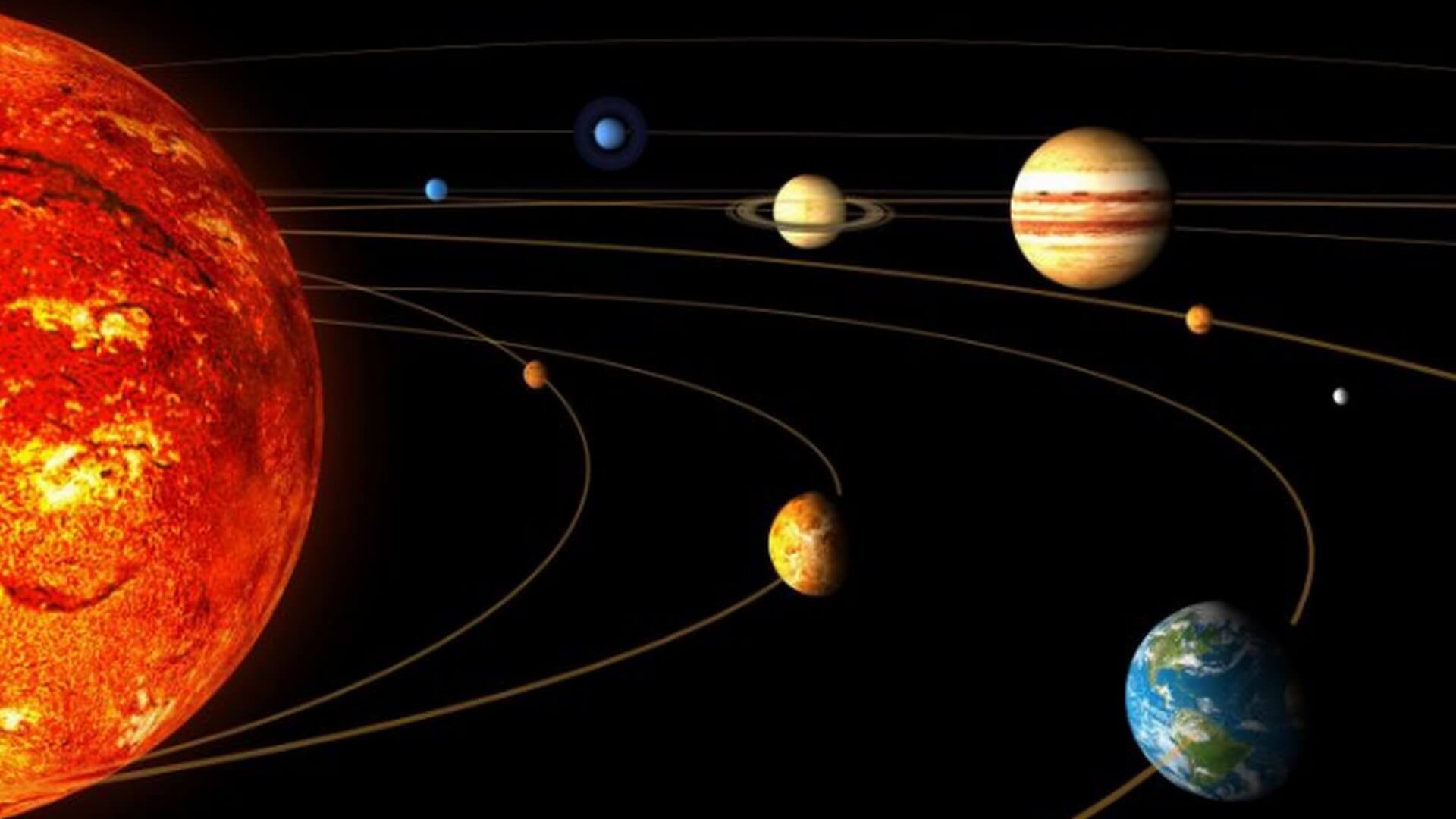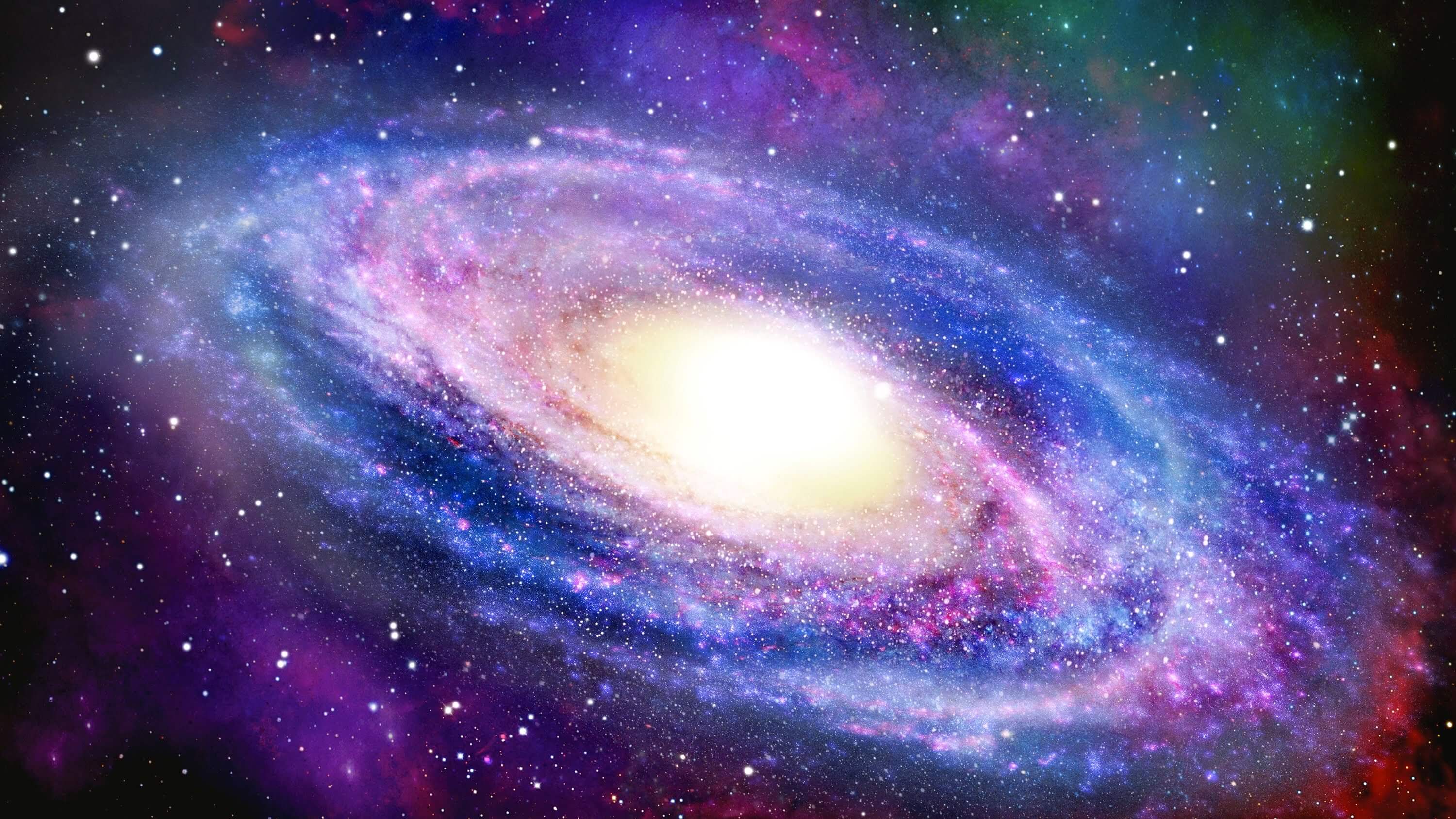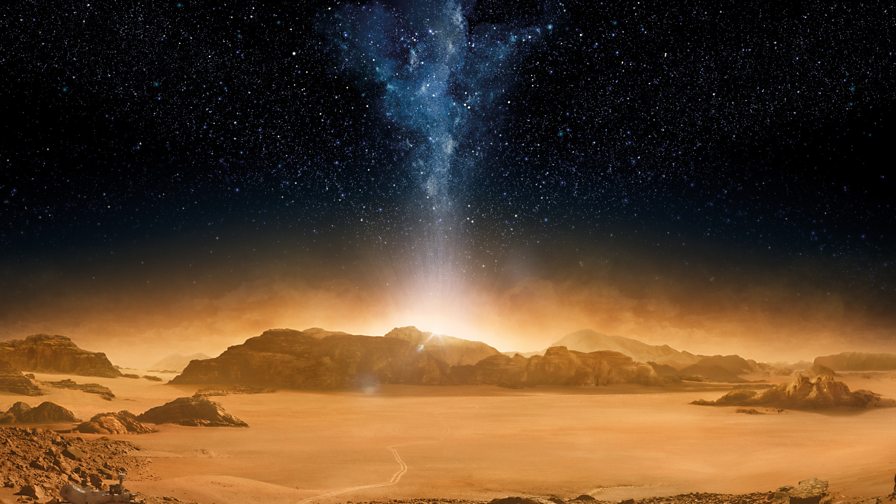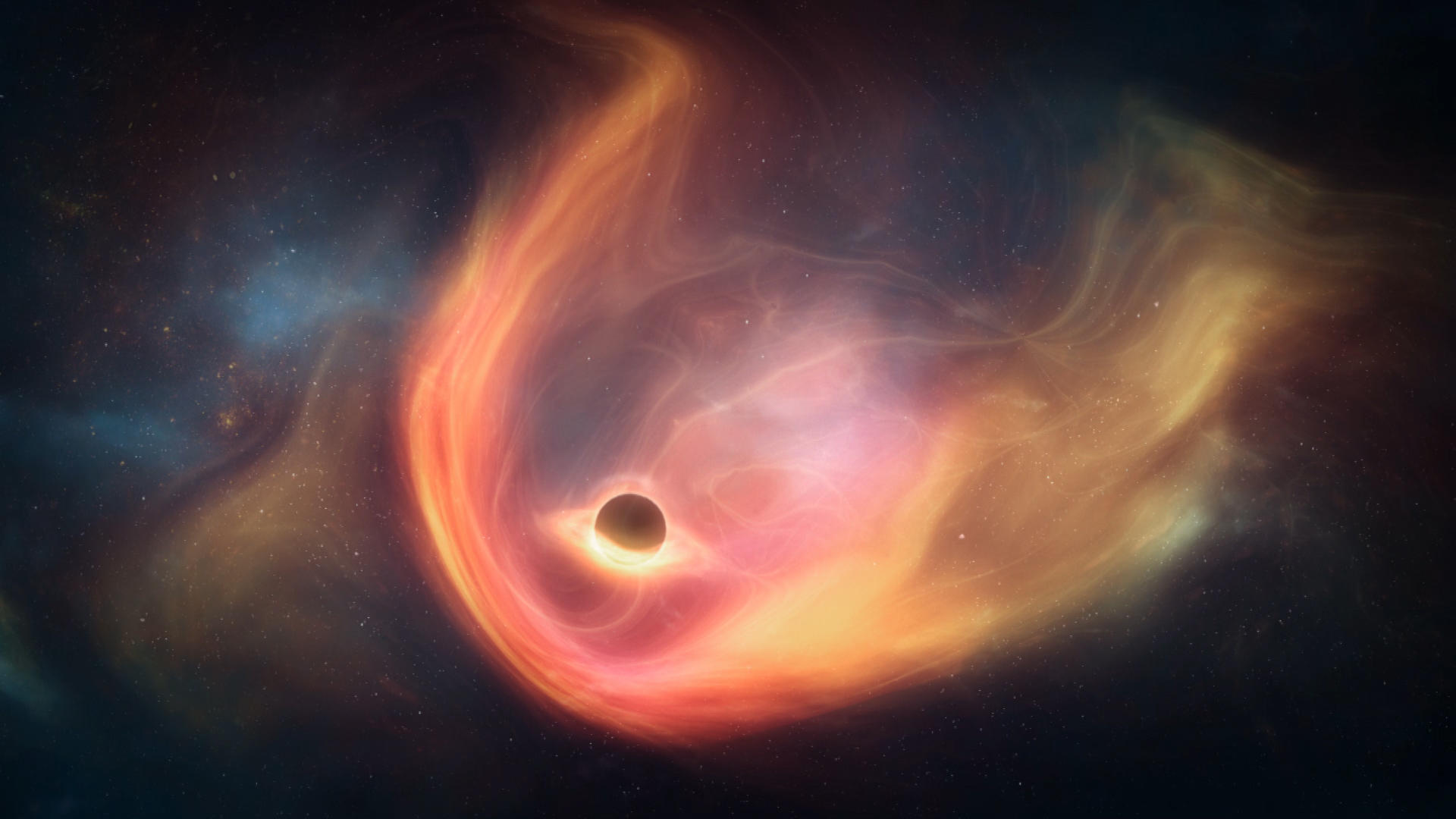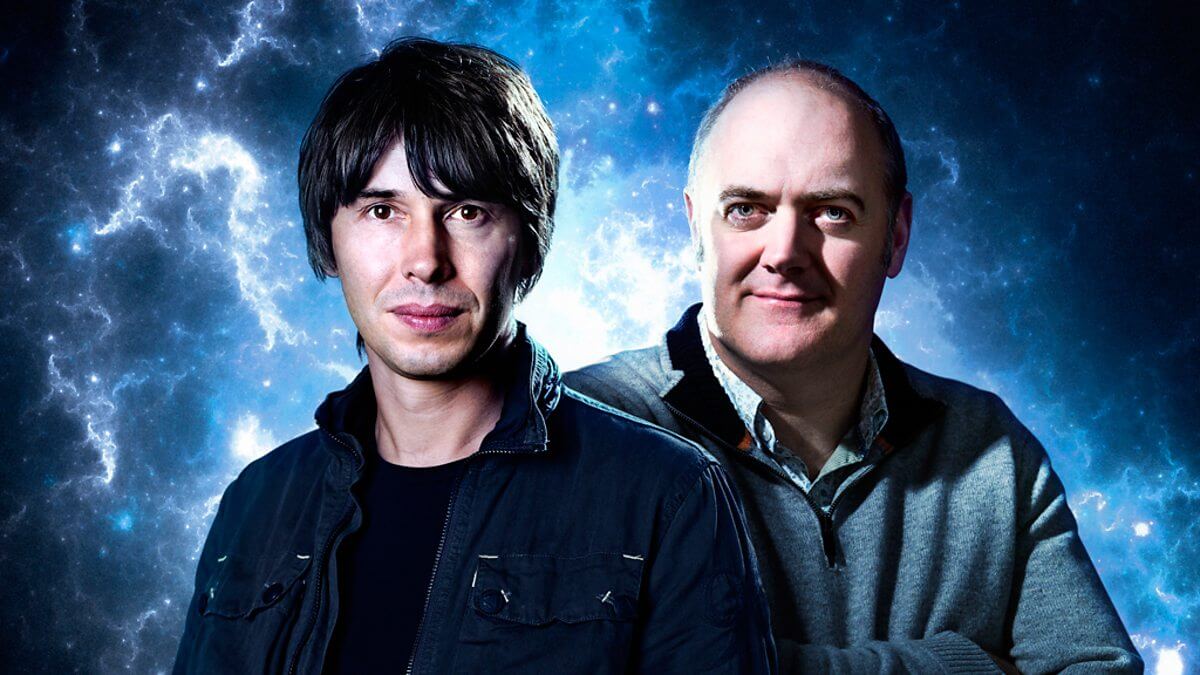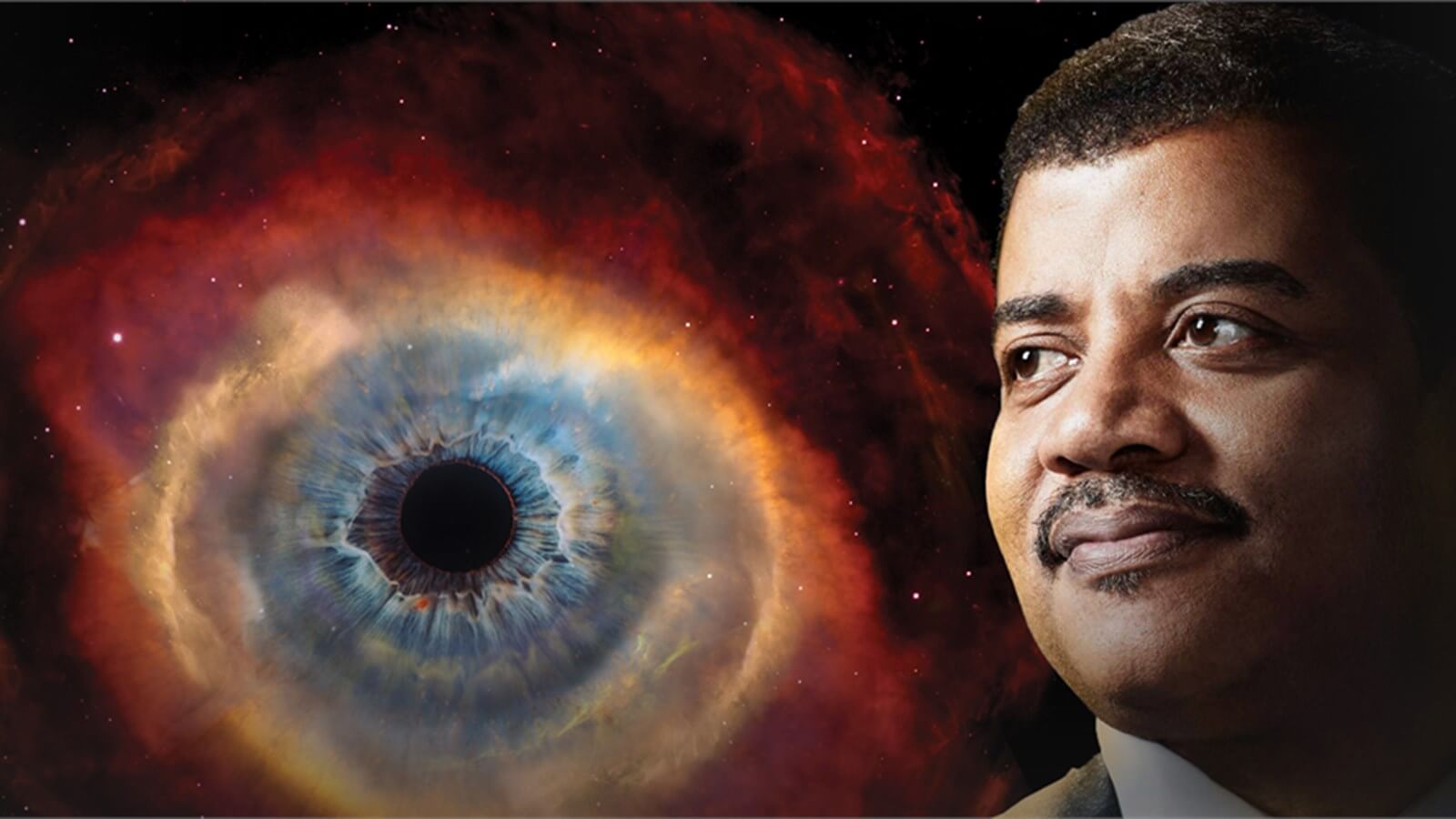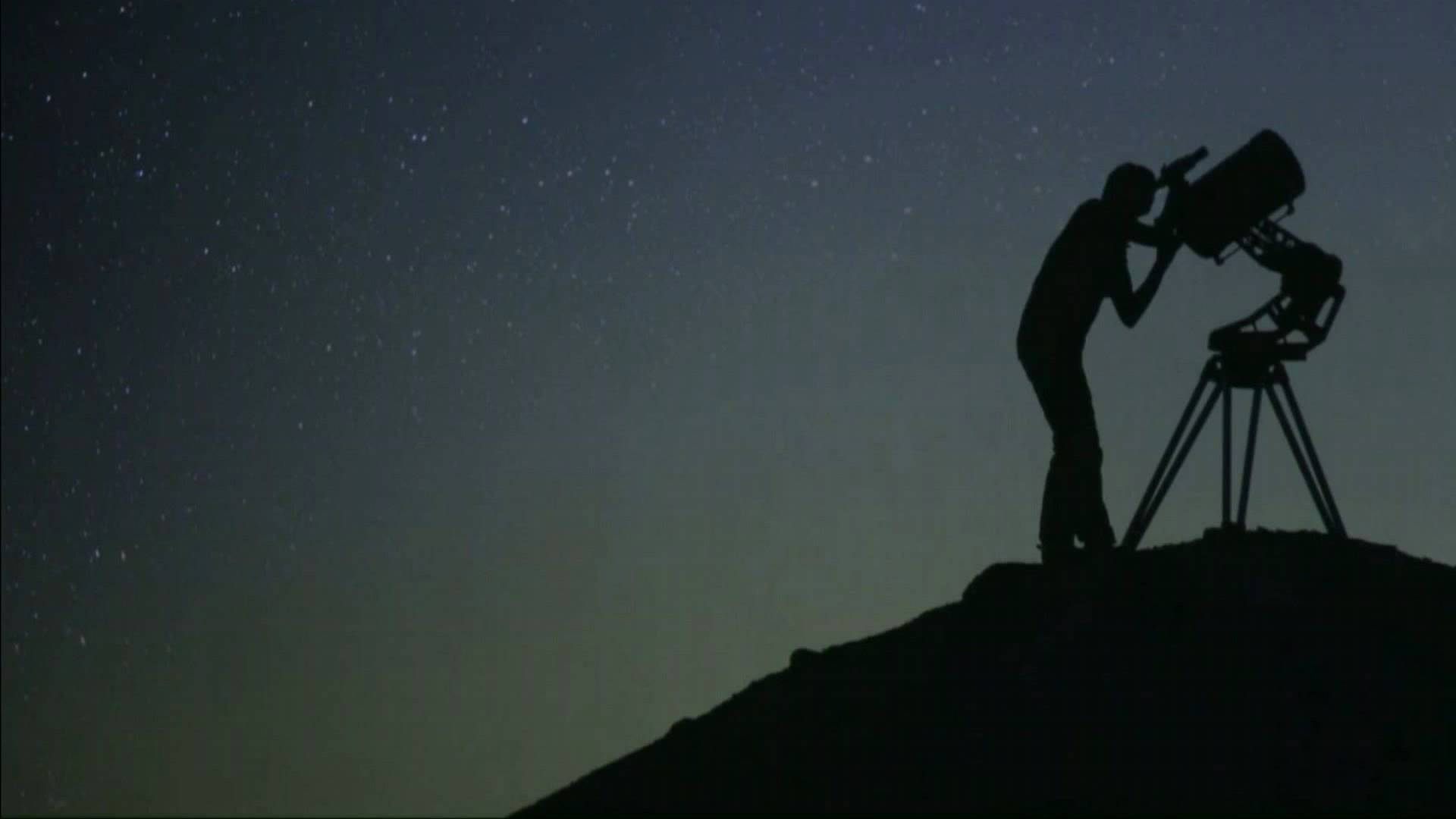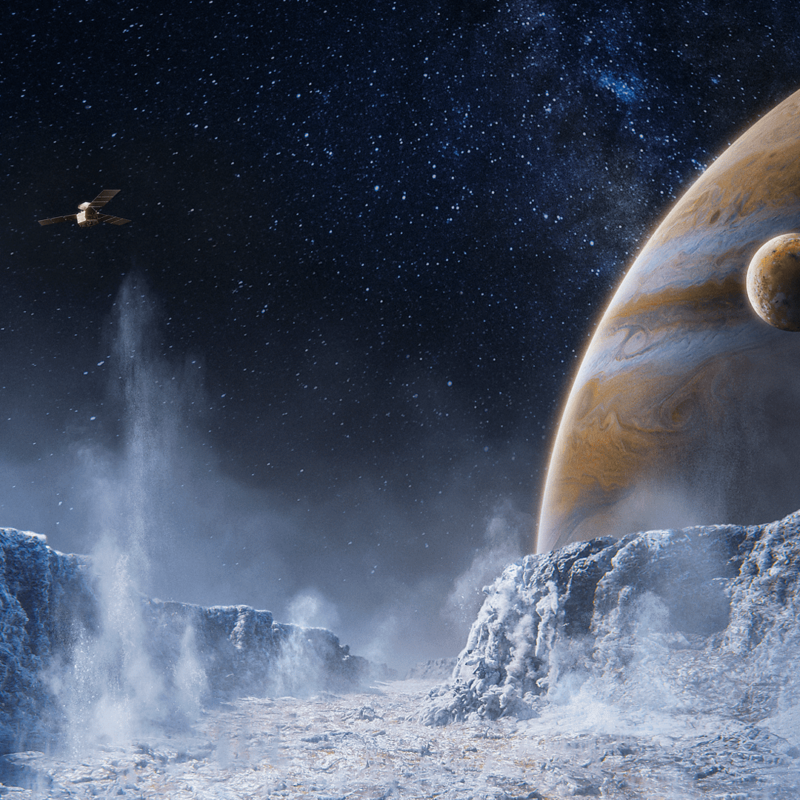description:
Have you ever wondered what it would be like to leave Earth? To lose sight of our home planet and go where no human has gone before? What strange sights await you? What dangers must you avoid?
As dawn breaks on a new age of manned space flight and we head back to the moon and this time beyond, ‘Voyage to the Planets’ offers you a ringside seat to the splendors of the Solar System – an essential tour guide to whole new worlds of possibility.
Blast off with Voyage to the Planets: a 6 x 55 minute formatted documentary series with a parallel online experience exploring the pleasures and pitfalls of visiting the very alien planets of our own Solar System.
episodes:
Have you ever fancied catching a rocket to the Red Planet? How about road testing an alien planet as a tourist destination? Tonight you can as Voyage to the Planets blasts off from your living room in search of the Solar System’s most spectacular scenery and the chance to meet our nearest neighbours.
Mars is the ruby jewel in our night sky and arguably the hottest travel destination in the Solar System. Thanks to a robot invasion from Earth that began in the 1960’s, we probably know more about Mars than every other destination in the Solar System combined. Not bad for a planet so cool that the average summer temperature makes a winter in Antarctica seem positively balmy. It might be freezing, there might be nothing for a human to breathe, but of all planets we know, this rocky, red one is the most similar to home. Pack a good spacesuit and plenty of oxygen and prepare to be amazed.
Here, under butterscotch skies, are vast rust-coloured deserts and titanic canyons, towering volcanoes three times as high as Everest and mile-deep polar caps made of two different kinds of ice. This journey itself is a space traveller’s dream: a short hop to the planet next door and a wealth of things to see and do.
But the Red Planet is a far more complicated world than we ever gave it credit for. Once a sister to our early Earth, the surface of Mars bears the scars of a violent and watery past. Mighty floods once cascaded across the rocky landscape. We’ve been tantalized by tales of prehistoric oceans and seduced by that most exotic of attractions: the possibility of alien life. Might there really be lost microbe empires on Mars, and if so, where would you go to find them?
Mars is a place you can go. A planet with a solid surface you can walk on, touch, and explore. We’ve already seen the postcards, courtesy of our robot pioneers. Now we want to go there. Soon, it seems, this lonely Red Planet will be facing a human invasion. It may even be that the first space traveller to Mars is already alive somewhere on Earth.
What if it were you? What would you need to know before travelling to one of the greatest destinations in the Solar System? How to get there? When to go? What to pack? Which sites to see? But don’t be fooled: nothing about going to Mars will be easy and danger awaits you in equal measure to the desolate beauty.
Voyage to the Planets offers essential travel advice for any aspiring astronaut planning to take the first steps on the Red Planet. When that boot print is made, this small impression will be more than a giant stride into space: it will be proof that humans are once again moving beyond our comfort zone to explore new worlds and opportunities.
Strap in, space travellers! The destination is Mars…
Do you fancy blasting off to the King of the Planets? For a truly out of this world planetary experience, you should head beyond the Asteroid Belt to the largest planet in the Solar System. Welcome to Jupiter, a world so roomy that it could swallow every planet and moon in the Solar System and still have room for more.
For 400 years, we have been gazing at Jupiter and wondering. Wondering what sort of worlds the astronomer Galileo had spied all those years ago? What would it be like to pay the King of the Planets a personal visit, to step upon its many moons, or dive beneath its swirling clouds? These questions were partially answered when the Galileo spacecraft slipped into orbit in 1995 for a seven-year sojourn that would prove beyond doubt that the entire Jovian system is worth a return visit.
Jupiter is one of the most spectacular places in the Solar System. Approach by spacecraft and you would see from a long distance the cloudy face of Jupiter. Incredibly complex, constantly changing and multi-coloured, Jupiter is like a ball of liquid marble. It comes complete with giant red beauty spot: a titanic storm raging for well over 300 years, possibly an eternity. Wide enough to fit two Earths side-by-side, the Great Red Spot adds a little scale to Jupiter’s immensity.
To drop beneath Jupiter’s clouds is to dive into a seemingly endless sky. At first it’s like entering an enormous alien chemical factory with swirling clouds of rotten egg gas and paint stripper, but penetrate this outer onion skin of clouds and things get increasingly weirder. Hydrogen gas is gradually squeezed by heat and pressure into a liquid, and then into a churning maelstrom more like a metal than the flimsy gas we are more familiar with. This ocean of metallic hydrogen is the dynamo that powers Jupiter’s vast magnetosphere, generating the powerful radiation belts that make the Jovian System the most hazardous corner of the Solar System for either Man or Machine.
If you like solid ground beneath your feet, there’s plenty of that as well. Encircled by some 63 moons and moonlets, Jupiter is like a miniature solar system all of its own. The four biggest moons offer off-world travel opportunities to die for – possibly quite literally. Closest in is Io, the most volcanic place in the Solar System, with pools of molten lava on its boldly coloured surface and towering plumes rising into Space. Stand on its trembling surface and you’d witness one of the Solar System’s great spectacles – and one of its most dangerous. If the lava doesn’t get you, the radiation certainly will.
But it is frozen Europa where everyone is trying to reach. Deep beneath its icy shell scientists expect to dive into a vast, dark saltwater ocean, warmed by the heat of the rocks below. Water, warmth and an energy source: travel down here with a submarine and we might have the best chance of a close encounter of the alien kind.
Choose Jupiter for your next Solar System sojourn and a change of scenery is guaranteed. With so many different worlds on offer, there’s something for everyone out here.
No planet beats Saturn for sheer jaw-dropping beauty. Majestic, mysterious, and massive, this giant is the pin-up boy of the Solar System. But delve deeper and you find a brooding monster – with supersonic winds, fearsome storms and nowhere to stand. Revolving serenely above it all are the dazzling rings, an entire system of glistening particles nearly as wide as the distance from the Earth to the Moon, yet no thicker than one or two storeys in a modern apartment building. Like cars on a celestial beltway, the ring particles race around Saturn at speeds of 60,000 kilometres per hour, but if you could park a spacecraft in orbit doing the same speed, it would be possible to pick up a ring particle in your hand.
Thanks to the continuing exploits of the Cassini-Huygens mission, one of the most successful robotic spacecrafts of all time, Saturn is being revealed to us like never before. The images alone were worth the trip, with stunning vistas of the rings, strange six-sided storms around the North Pole and similar, circular giants girdling the South.
But it is on Saturn’s many moons that the greatest adventures await. Of the 60-or-so satellites, it’s tiny Enceladus that is making all the headlines as the must-see destination these days. It’s the little moon that has it all. Enormous geysers shoot water and ice into space from a geothermal field the size of California. All indications are that the water is coming from a warm salty ocean hidden beneath the surface. We know the water is laced with organic material because the Cassini spacecraft, in unparalleled feats of precision flying, has flown through the plumes to sample them. Everything is pointing to an environment on Enceladus with a real possibility of being suitable for life.
Even more Earth-like and yet far more alien is Titan, with a thick atmosphere and weather. Potentially an easier surface to explore even than Mars, this is the only other world we know that you could visit without a spacesuit. Rug up for the cold and fly a hot air balloon in Titanian skies, trek across vast dune fields, or row across a Titanian lake. Just don’t fall in or get caught in the rain: it’s liquid natural gas out here, not water, and it’ll freeze you as hard as rock. Nothing is what it seems on Titan. Reach out and touch molten lava and you would not burn your hand, you’d freeze it.
All this and more, and only a billion miles from home! For the scientists of the Cassini-Huygens mission it has been the ride of a lifetime, and one they are keen to share, as they plan ahead for the second -alf of their travels in the Saturnian System.
The postcards Cassini has returned from Saturn have already confirmed that this is a planetary system as alien as one on the far side of the Galaxy and worthy of further, detailed exploration. So, strap in space travellers: it’s time for an adventure Ringside.
Got time for a 24 year holiday? Then consider a journey to our most distant and least explored planets, the ice giants Uranus and Neptune.
When it comes to public image, the planet with the funny name has always had it tough. But if you think Uranus is a strange name for a planet, perhaps you’d prefer its first name… George. When British astronomer, William Herschel, first discovered the planet in 1781, he christened his discovery after the King of England, George III. But the custom of naming planets after mythological characters ensued and ‘Planet George’ was no more.
From above, Uranus appears as a fathomless ball of green-blue fog. But dip below its clouds and you encounter a boiling ocean, a hundred times deeper than the Pacific. With a planet load of gas on your back, nothing down here will survive for long.
Of all the planets, the seventh world from the Sun is the most laid back of all – literally. Uranus circles the Sun on its side. How did it end up this way? The answer may surprise. Meanwhile, snap your cameras at Uranus’ tilted hula-hoop rings and its orbiting flotilla of 27 moons that resemble a giant, celestial bullseye.
Cruise down the cosmic highway for another three years and you encounter the last official planet in our Solar System, and a reminder of home. Neptune is the second Blue Planet, the colour courtesy of some mysterious alchemy that’s hard at work in the frozen atmosphere. But does this chilly gas giant who takes its name from the god of the sea really a water world? You’ll need to take the plunge to find out.
For all its surreal blue calm, Neptune is a wild world. It boasts the fastest, supersonic winds in the Solar System. But what’s driving them? And what became of its Great Dark Spot that disappeared only five years after its discovery?
And no visit to the ice giants is complete without a daytrip to Neptune’s moon, Triton. Its gushing, inky ice-volcanoes are proof that even way out here, the Solar System still has a few incredible tricks up its sleeve.
There’s only ever been one Earthly visitor to this ice zone, the Voyager mission, launched in 1977. What would it be like to follow in its wake, for a human to undertake one of the greatest journeys in space exploration? How would you get there? What would you see? And would you ever survive? Strap yourselves in for an incredible voyage into the chiller.
Everyone likes a vacation in a warm climate, but fancy a trip to a place as hot as Hades? Voyage to the Planets heads in towards the Sun to find two quite different sun-drenched worlds that both lay claim to that title.
Tiny Mercury, almost invisible in the glare of the Sun, is the place to go for the ultimate suntan. But if your sun protection isn’t up to scratch, you can always get out of the oven by chilling out on the Dark Side. Step into the shade and Mercury’s mercury plunges over 600 degrees.
And it’s here, in Mercury’s deep freeze, that things begin to get interesting. There’s an exclusive night show, caused by the Solar Wind that bombards the planet’s feather-thin atmosphere. And on the closest planet to the Sun, there is even the prospect of ice. In Mercury’s eternally shadowed polar craters, radar observations have detected what could be thick deposits of frozen water. And however it arrived on this sun-drenched, ancient surface, it certainly has a story to tell.
But it is our nearest neighbour, pale and beguiling Venus, that hides the biggest secret. The Goddess of Love will literally melt your heart and crush your defences at the same time. Once the twin of Earth, it’s thought that Venus had oceans for billions of years and even the likelihood of life.
Our first attempts to unveil Venus were confounding. Every spacecraft that plunged beneath her clouds inexplicably vanished. It wasn’t until 1975 that the first robotic probe made it to the surface and revealed the horrible truth: Smothered by a climate gone mad, a romantic visit to our sister planet’s volcanic scenery means diving into an atmosphere hot enough to melt lead, where acid smog eats bare metal for breakfast and the pressure could crush a submarine.
Something happened here to make Venus turn bad. And it could have something to do with why the planet is the only world in the Solar System to rotate backwards… and slowly. Could life have ever survived such a catastrophic climate change? If so, could Venusian bugs really be floating around in the thick, acid atmosphere?
Voyage to the Planets reveals the many reasons for a visit into the Hot Zone on our planetary doorstep. What happened to turn our neighbours so astonishingly alien? And what can a jaunt to these worlds tell us about our own?
Like getting away from it all? Pluto must be one of the loneliest places of all. For more 70 years it was counted as the ninth planet, an isolated but sentimental favourite at the end of the Solar System. But in recent years it has been at the centre of a neighbourhood dispute of cosmic proportions. Just what on Earth caused Pluto to be struck off as a planet? It now seems that Pluto has company… and lots of it. And it’s changed the way we think about our Solar System and even how we all came to be here.
We now know that Pluto is just one of a swarm of frozen bodies beyond Neptune, a vast disc of ice and rock known as ‘The Kuiper Belt’. Out here are oceans of frozen water and planetary spare parts that were hurled to the edge of space when the Solar System first formed. Every so often one of these planetary popsicles comes in from the cold. Most comets pass harmlessly by and merely soak up the Sun. Other times they pay us a more personal visit – and one with a big impact. It’s one such intruder that may have ended the reign of the dinosaurs, 65 million years ago.
Comets can deliver death, but they also come bearing gifts. After studying these rampaging tourists, we now know the outer Solar System is awash with primitive, carbon-bearing molecules that are found in the DNA of every living creature on Earth. It’s likely these cosmic couriers from the Kuiper Belt not only delivered the crucial ingredients to kick-start life here, but also to all the other planets and moons in our Solar System.
Although Pluto remains a distant, fuzzy dot of light at the end of our best telescopes, in 2015 all that will change. Right now, a lonely little spacecraft, known as New Horizons, is making its way to the end of our neighbourhood. And onboard is a very special passenger indeed – the cremated remains of Pluto’s discoverer, Clyde Tombaugh. But Clyde will not rest at Pluto; his destiny is to become humanity’s longest space traveller as New Horizons keeps flying eternally outward to the Universe beyond.

